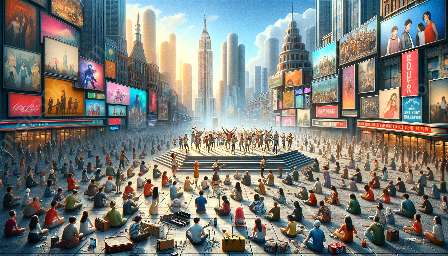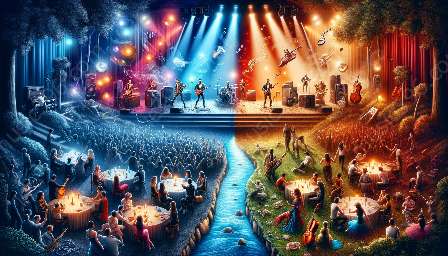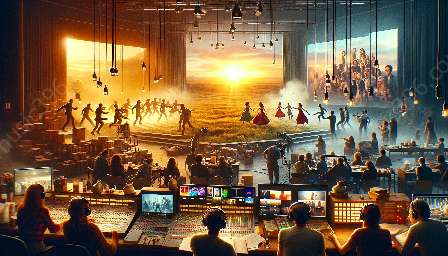The Role of Radio and Television in Pop Music Promotion: A Journey of Evolution
Pop music has always been closely intertwined with radio and television, serving as crucial platforms for promoting artists and their music. Understanding the evolution of these mediums and their impact on marketing and promotion in the pop music industry is essential for artists, marketers, and enthusiasts alike.
The Early Days: Radio Takes Center Stage
Radio emerged as the primary means of music promotion in the early 20th century, offering artists a platform to reach a wide audience. The introduction of commercial radio stations further solidified its role in pop music promotion, allowing record labels and artists to leverage airplay to increase their visibility and popularity. Radio played a pivotal role in breaking new artists and songs, creating trends, and shaping the music landscape.
In the 1950s and 1960s, television emerged as a powerful new medium that revolutionized the music industry. The advent of popular music shows, such as American Bandstand and Top of the Pops, provided artists with a visually engaging platform to showcase their performances, interact with fans, and amplify their promotional efforts. TV appearances became an integral part of a comprehensive marketing strategy for artists, propelling them to stardom and driving album sales and concert attendance.
Changing Landscape: Digital Disruption and Multi-Channel Promotion
The digital era brought about a profound transformation in the music industry, challenging traditional promotional channels and giving rise to new opportunities. The emergence of online streaming platforms and digital radio stations democratized music distribution and promotion, enabling independent artists to reach global audiences without the need for extensive label support. The role of radio and television expanded into the digital realm, with artists leveraging social media, music videos, and online streaming services to engage with fans and promote their music.
Television evolved beyond traditional broadcast, with the rise of music-focused channels and networks dedicated to showcasing music videos, live performances, and artist interviews. The music television phenomenon, epitomized by MTV and its influence on popular culture, further transformed the way artists promoted their music, sparking trends, shaping visual identities, and fostering a new era of celebrity.
Impact on Marketing and Promotion Strategies
The evolution of radio and TV in pop music promotion has fundamentally reshaped marketing and promotion strategies in the music industry. Artists and labels now have a myriad of channels and platforms to engage with their audience, requiring a multi-faceted approach to reach and resonate with fans. Digital marketing, content creation, and influencer partnerships have become essential components of a comprehensive promotional strategy, complementing traditional radio and TV promotion.
Radio continues to play a vital role in breaking new artists and songs, albeit in a digitally transformed landscape. Streaming services and online radio platforms enable targeted music promotion, personalization, and data-driven insights, allowing artists and marketers to optimize their promotional efforts based on audience preferences and behaviors. Television, on the other hand, remains a visual powerhouse, with music videos, live performances, and artist features garnering significant attention and engagement across traditional and digital channels.
The Future of Pop Music Promotion: Convergence and Innovation
As the music industry continues to evolve, the role of radio and television in pop music promotion will undoubtedly undergo further changes and innovations. Convergence of traditional and digital media, interactive experiences, and immersive storytelling will shape the future of music marketing and promotion, blurring the lines between radio, television, and online platforms. Artists and marketers will need to adapt to emerging technologies, evolving consumer behaviors, and the dynamic media landscape to effectively promote pop music in a rapidly evolving digital world.
Overall, the evolution of radio and television in pop music promotion has been a compelling journey, reflecting the dynamic interplay between media, technology, and consumer culture. Understanding these shifts is essential for devising effective marketing and promotion strategies that resonate with contemporary audiences and drive the success of pop music in the digital age.























